Porsche has revealed the new HD matrix LED headlight technology it plans to introduce in 2023, claiming it sets new standards in ‘glare-free’ high beam lighting performance.
The new technology differs significantly from that used by current Porsche models, with the matrix function for the low and high beam function now carried out by two separate light sources in each assembly.
Benjamin Hummel, Manager Light Modules and Regulation head of lighting modules at Porsche, says the move was driven by a desire to further emphasise the four-point styling that has become a signature design element of the German car maker in recent years.
To that end, the new headlight forgoes the single high beam matrix unit that sits in the middle of Porsche’s existing LED matrix headlight. It is replaced by two separate HD matrix units within the lower points of each headlight, or four units overall between the two headlight assemblies.
Incorporating new HD LED technology developed in partnership with Hella/Forvia, Infineon and Nichia each of the four units is imbued with 16,384 LEDs or pixels. This provides a combined 65,536 pixels for the high beam matrix function, which operates at an intensity of up to 160lx – in combination with the additional high beam it totals 300lx per headlight.
By comparison, Porsche’s existing single-unit LED matrix system offers 84 pixels per headlight, or a combined 168 pixels between the two light sources.
Hummel says the new HD matrix set-up provides added homogeneity and performance compared with the existing matrix unit.
“At 300lx, it is possible to project the high beam up to 600m. But it is not only about a certain range. You need good light distribution within the whole field, too. We achieved this with four light sources. The brightness of the centre and side areas can be continuously adjusted for added roadside illumination. Greater illumination leads to better lighting performance,” he said.
The breakthrough that has allowed Porsche to package the high and low beam function of its new HD matrix LED headlight into two separate units per assembly is new micro-LED technology. Each LED is described as having the thickness of a human hair, allowing 16,834 separate LEDs or pixels to be packaged in each of the light sources.
A newly developed HD ECU also provides automatic 3D graphic calculation of the lighting contribution of each LED, says Porsche.
In combination with a camera mounted within the windscreen, the new Porsche headlight provides matrix properties, with fellow road users, on-coming cars and other areas able to be blanked out of the light projection.
“Navigation, traffic, chassis and steering parameters are also part of the calculation,” said Dominik Walter, Manager Light Electronics and Functions.


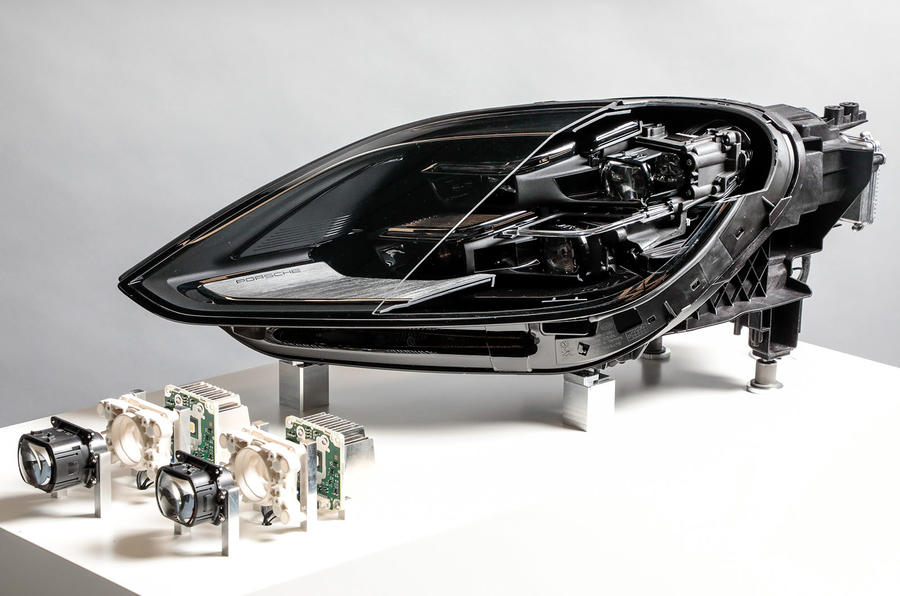
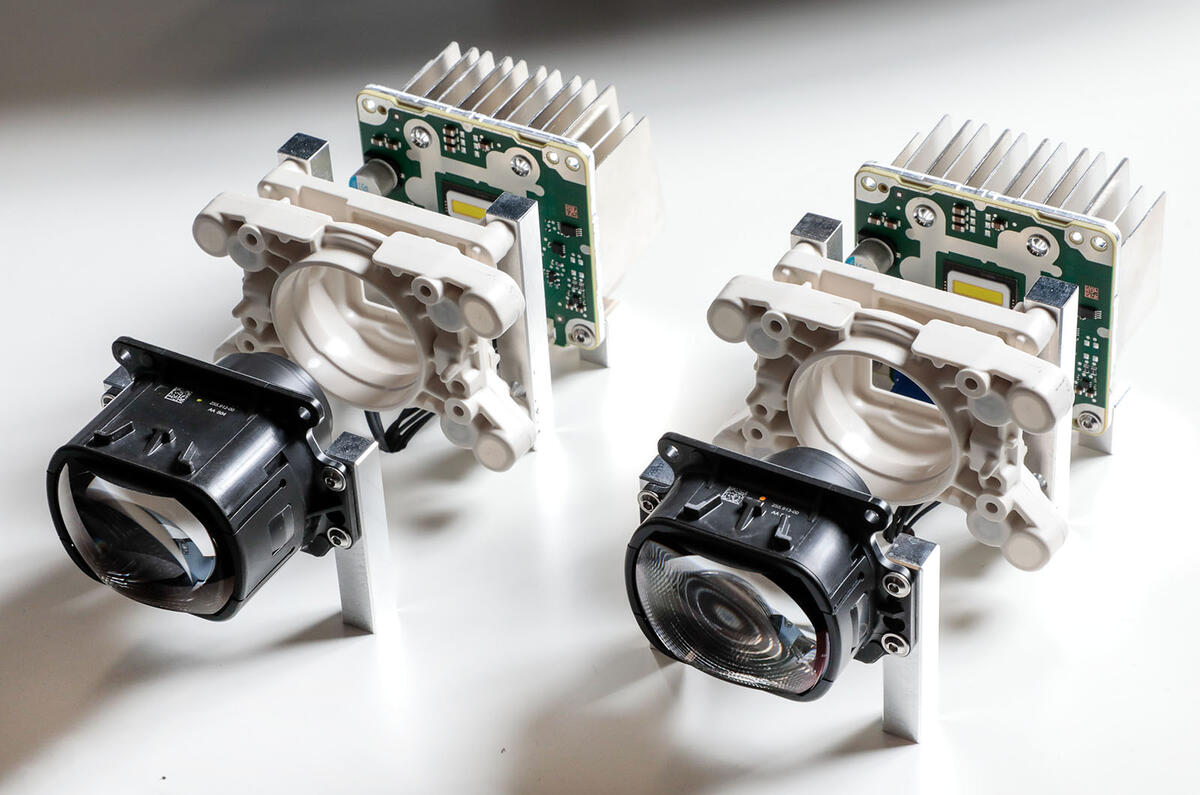


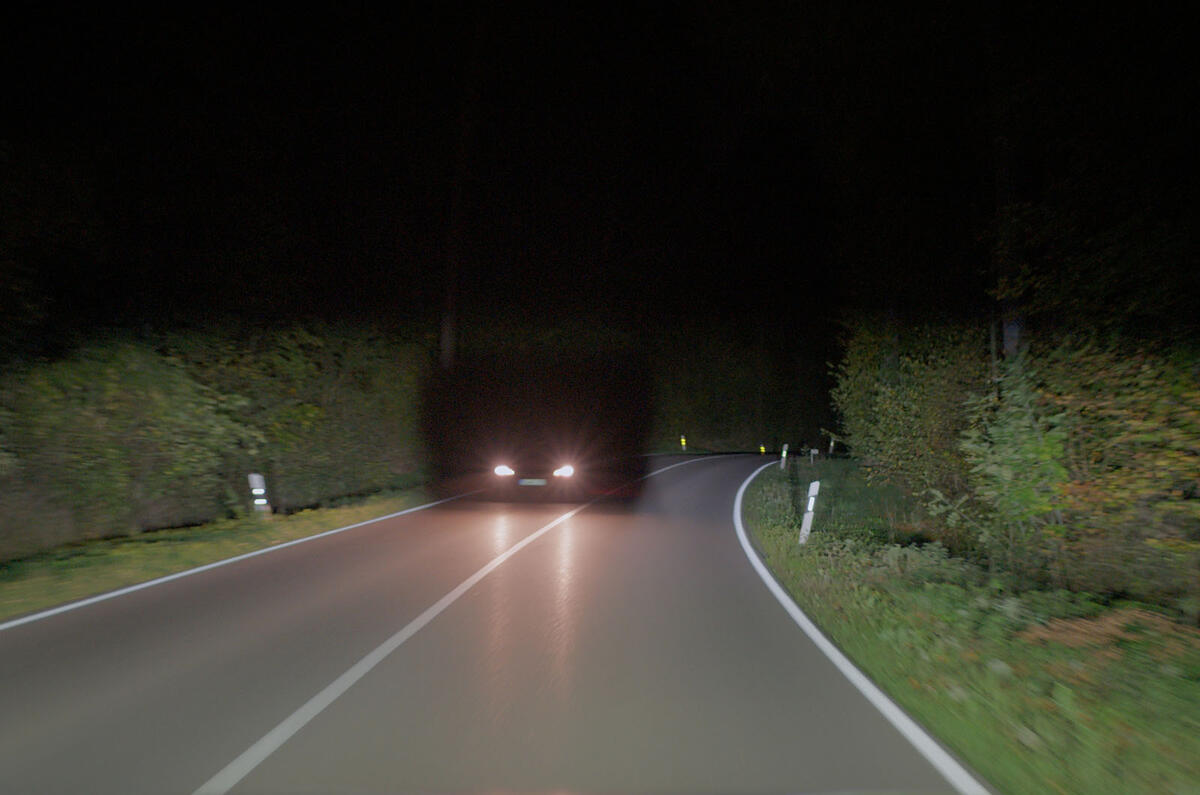
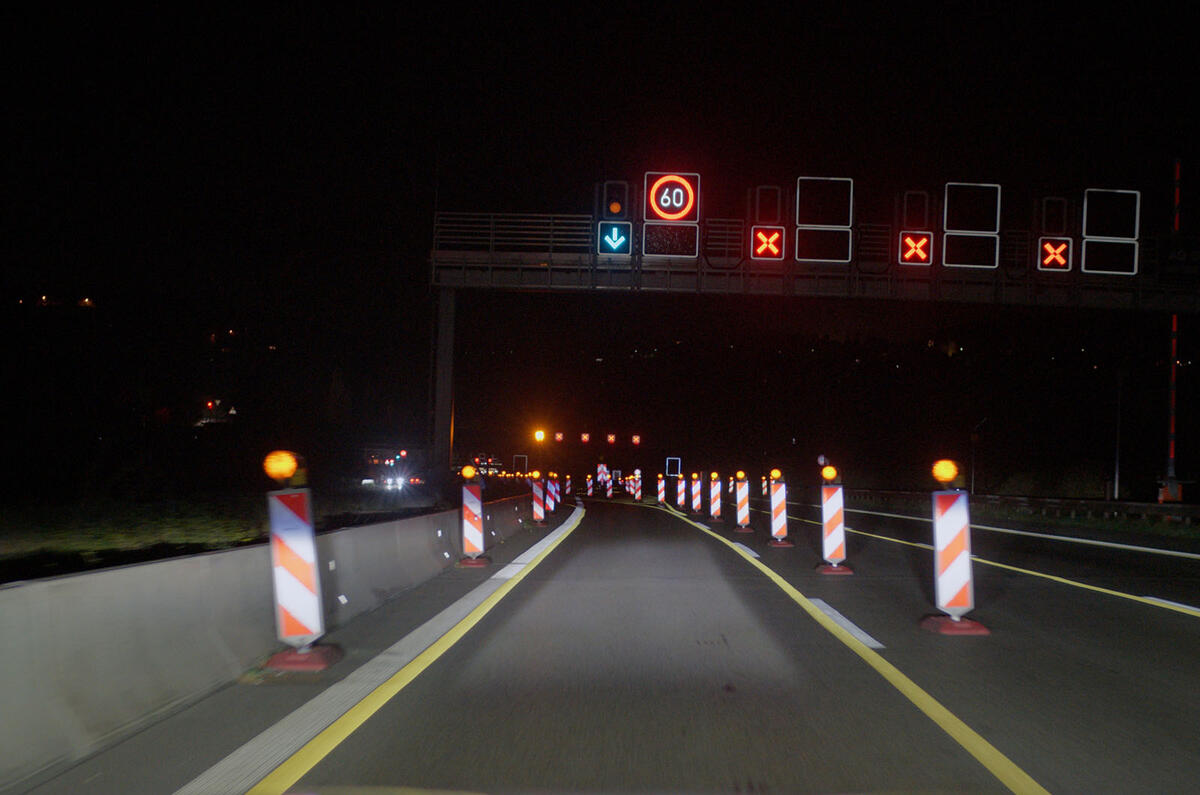
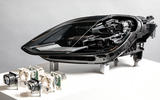








Join the debate
Add your comment
Five years ago an insurance engineer told me about the cost of replacing new-generation headlight units, which at the time were not repairable and could be more than £2,000 each. These will be even more expensive. Repairability is key, but is seldom designed in. Without that, a minor frontal is a £5,000 bill. That pushes up insurance premiums and will write-off older cars prematurely if they have a bit of a moment.
I think modern cars are too overlit these days. Incandecent to halogen to gas discharge to LED and even laser. You'll soon be able to set fire to things with your headlamps the way things are going. My Mercedes has Digital Light and on unlit roads and motorways, it's so busy dancing around putting black boxes around cars and road signs that I actually find it quite offputting and distracting and it can sometimes can leave you with huge areas in front of you unlit. It's all very clever but and at the same time... not.